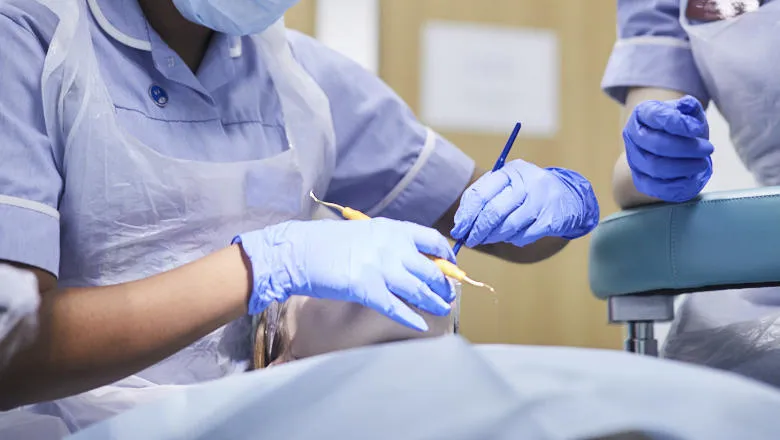These findings are not compatible with previous research which suggests that the five features of Combination Syndrome were prevalent in patients wearing maxillary complete dentures opposing mandibular anterior teeth.
Michael Fenlon, Professor of Prosthodontics at the Faculty of Dentistry, Oral & Craniofacial Sciences at King’s College London.
14 March 2019
Debunking the myth of Combination Syndrome
In a paper published this month in the Journal of Dentistry, researchers have set out to prove the inaccuracies previously reported on the existence of Combination Syndrome.

In a paper published this month in the Journal of Dentistry, researchers from King’s College London have set out to prove the inaccuracies previously reported on the existence of Combination Syndrome.
The first evidence supporting the existence of Combination Syndrome was provided almost 50 years ago. Resulting from a study of 6 patients in 1972 the researcher identified five changes to a patients’ oral health that he proposed constituted Combination Syndrome. The research established that these changes occurred when a patients’ mandibular anterior teeth were opposing maxillary complete dentures worn over 3 years. The five changes are: loss of bone from the anterior part of the maxillary ridge, overgrown of the tuberosities, inflammatory papillary hyperplasia in the hard palate, extrusion of the lower anterior teeth, and loss of bone under the denture bases.
However, in a recent study of 99 patients at risk of developing Combination Syndrome attending the King’s College London Dental Institute at Guy’s Hospital, only 8 patients displayed two features of the syndrome, and 38 patients only displayed one feature. No patients featured three or more features.
Many patients are subjected to an array of treatments to treat or prevent this syndrome. These are unnecessary, costly and potentially harm oral health. We need further investigation into this to ensure unnecessary treatments will not continue.
Professor Fenlon
The most common treatment includes provision of partial dentures, particularly in the posterior of the lower jaw. Dentists know that only half of these are worn and they increase the rate of tooth decay in the lower teeth they touch by five times. Other more aggressive and expensive treatments, some involving implants and bone grafts to treat the Syndrome.
Patient treatment modalities and teaching in relation to Combination Syndrome need to be modified. The first paper published on Combination Syndrome was published in 1972 and it’s high time we updated the evidence base on this.
Professor Fenlon

